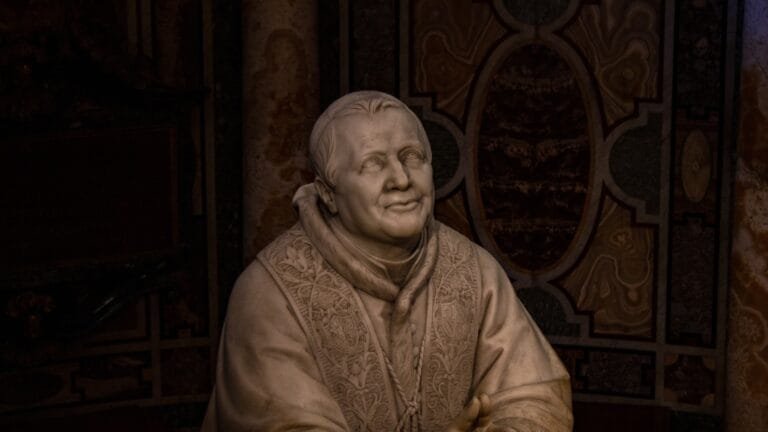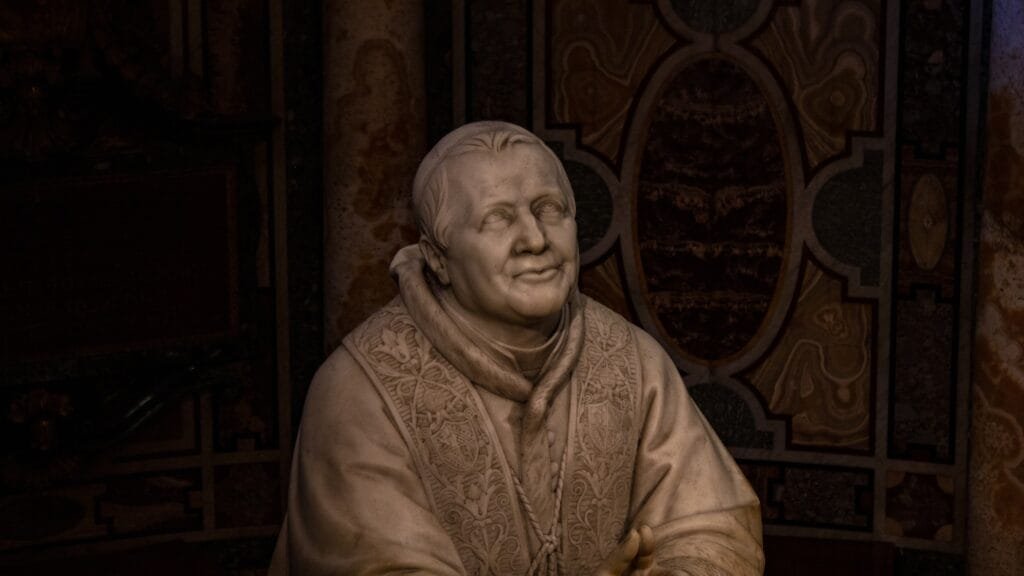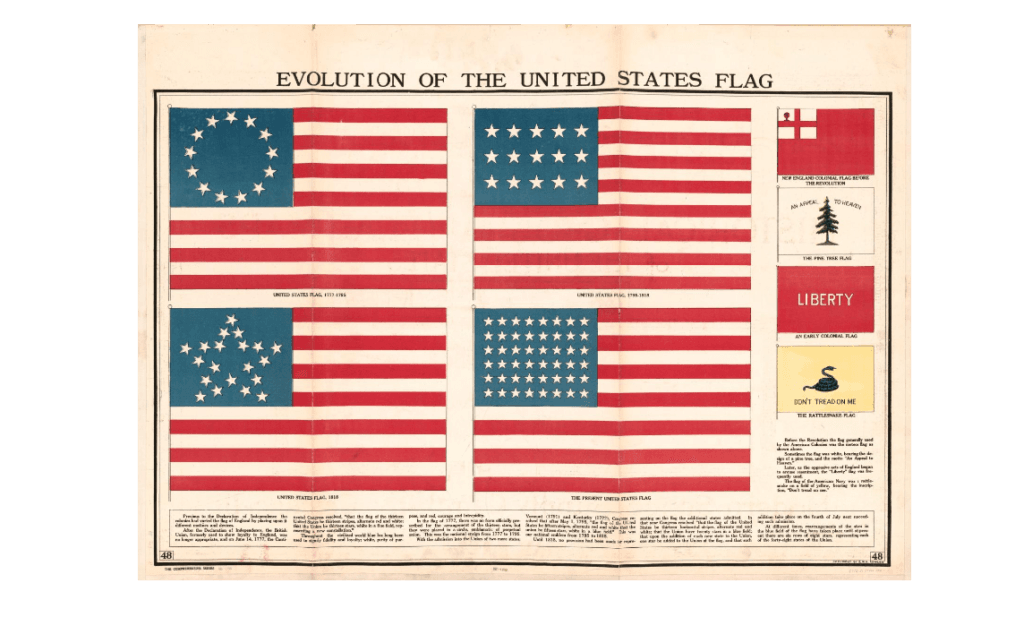

TimelessStories from the Library of Congress
ISSN 2836-9459
Share & Subscribe to this blog
This Blog Everything Audio Recordings Books Films, Videos Legislation Manuscripts/Mixed Materials Maps Notated Music Newspapers Periodicals Personal Narratives Photos, Prints, Drawings Software, E-Resources Archived Web Sites Web Pages 3-D Objects Go
- Home
- How Did America Get Its Name?
About this blogCategoriesARCHIVES
How Did America Get Its Name?
July 4, 2016
Posted by: Erin Allen
Share this post:
Today, America celebrates its independence. Our founding fathers drafted and adopted the Declaration of Independence, declaring America’s freedom from Great Britain and setting in motion universal human rights.
While the colonies may have established it, “America” was given a name long before. America is named after Amerigo Vespucci, the Italian explorer who set forth the then revolutionary concept that the lands that Christopher Columbus sailed to in 1492 were part of a separate continent. A map created in 1507 by Martin Waldseemüller was the first to depict this new continent with the name “America,” a Latinized version of “Amerigo.”

A crown jewel in the Library’s cartographic collections is the map, also known as “America’s Birth Certificate.” While the map has been much publicized since it was acquired in 2003, it’s worthy of exploration today of all days.
The map grew out of an ambitious project in St. Dié, France, in the early years of the 16th century, to update geographic knowledge flowing from the new discoveries of the late 15th and early 16th centuries. Waldseemüller’s large world map was the most exciting product of that research effort. He included on the map data gathered by Vespucci during his voyages of 1501-1502 to the New World. Waldseemüller named the new lands “America” on his 1507 map in the recognition of Vespucci’s understanding that a new continent had been uncovered following Columbus’ and subsequent voyages in the late 15th century. An edition of 1,000 copies of the large wood-cut print was reportedly printed and sold, but no other copy is known to have survived. It was the first map, printed or manuscript, to depict clearly a separate Western Hemisphere, with the Pacific as a separate ocean. The map reflected a huge leap forward in knowledge, recognizing the newly found American landmass and forever changing mankind’s understanding and perception of the world itself.
For more than 350 years the map was housed in a 16th-century castle in Wolfegg, in southern Germany. The introduction to Waldseemüller’s “Cosmographie” actually contains the first suggestion that the area of Columbus’ discovery be named “America” in honor of Vespucci, who recognized that a “New World,” the so-called fourth part of the world, had been reached through Columbus’ voyage. Before that time, there was no name that collectively identified the Western Hemisphere. The earlier Spanish explorers referred to the area as the Indies believing, as did Columbus, that it was a part of eastern Asia.
The Library has plenty of other resources on Waldseemüller and the map, including videos and a pretty cool story regarding the institution’s partnership with the National Institute of Standards and Technology (NIST) in building a hermetically sealed case for the priceless map. You can also read about the project on the NIST site.
Categories
Comments (208)
- Lynda Solanskysays:July 5, 2016 at 7:43 amI am so grateful for the LOC and all the folks who have contributed and work there, for their care and preservation for our US and World History.
Lynda - Donald Farrensays:July 6, 2016 at 10:22 amThe name of our nation of course is “United States of America,” not “America,” the latter term applicable to the whole western hemisphere. From afar, the appropriation of “America” to mean “United States of America,” can seem at one extreme provincial, at the other extreme imperialistic. Spanish speakers have the concept of “hacerse la América,” meaning to get rich in the Western Hemisphere (ordinarily in a Spanish-speaking place) without necessarily living there permanently.In 1984 William Safire, concerned about the accuracy or propriety of using “American” as the name of a denizen of the United States of America, sought alternatives, finding none, such as “Unisian,” “United Statesian,” “Usian,” or Frank Lloyd Wright’s “Usonian,” satisfactory. Spanish speakers however are comfortable with “estadounidense” (also with informal “yanki”). Fowler’s Dictionary of Modern English Usage (1965) observes that “the use of ‘America’ for the ‘United States’ and ‘American’ for ‘citizen of the U.S.’ … will continue to be protested against by purists and patriots and will doubtless survive the protests.” Evans’s Dictionary of Contemporary American Usage comments “If it’s any comfort to those who resent it, the usage is founded on a lazy disinclination to pronounce the longer name rather than arrogance.”
- Nicolaas Vergunstsays:July 7, 2016 at 5:46 amWhile crossing the Atlantic, Vespucci met the returning fleet of Cabral, then homeward bound from Brazil, and was advised of prevailing latitudes, trade winds and ocean currents. Cabral and his men were first to set foot in America, Africa and Asia—and thus the first to walk upon four continents.













